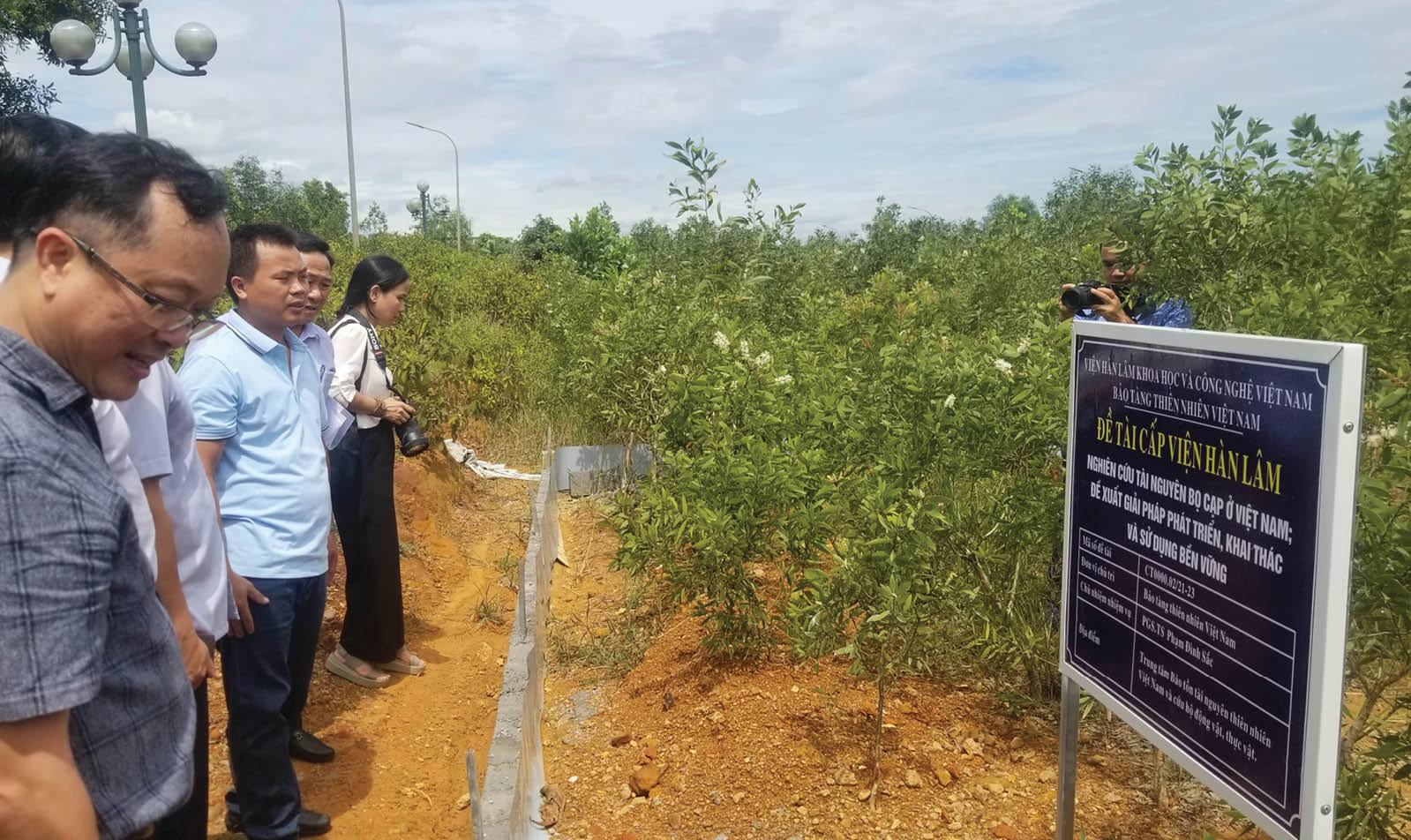 |
| Planting Melaleuca alternifolia from native seed sources for medicinal herb processing in Phong Dien. |
Take advantage of
With a natural area of 592.48 km², of which forest land accounts for 94%, Phong Dien ward has the largest forest land area in the entire city. The Phong Dien Nature Reserve, covering more than 35,000 hectares, is surrounded by production forests and protection forests, creating a diverse ecosystem and favorable conditions for the growth of many native medicinal plant species.
According to surveys conducted by specialized agencies, Phong Dien ward has 526 species of medicinal plants belonging to 127 families, including 27 rare and endangered species listed in the Vietnam Red Book and the IUCN Red List. Key species that could be developed into commercial medicinal plant areas include: *Panax notoginseng*, *Centella asiatica*, *Smilax glabra*, and *Panax pseudoginseng*... Each group of plants is suited to different ecological sub-regions, such as *Centella asiatica* in stream beds, *Panax notoginseng* in degraded forests, and *Smilax glabra* in pine forests of the former Phong Xuan commune.
According to Mr. Nguyen Ba Thao, Deputy Head of the Forest Protection Department in the northern part of the city, Phong Dien has over 37,000 hectares of natural forest and over 9,000 hectares of planted forest, with a forest cover rate of over 75%. This provides ideal conditions for developing medicinal plant cultivation under the forest canopy. In the context of economic development coupled with environmental protection, exploiting and leveraging the advantages of natural forests to develop medicinal plants under the canopy is a suitable approach, creating livelihoods for the people while contributing to the protection of forest resources and the ecological environment.
Over the years, the former Phong Dien town has received support from numerous international projects and city programs for research and experimental cultivation of medicinal plants. For example, the Truong Son Green Project, funded by USAID, implemented a model for cultivating Codonopsis pilosula and Angelica sinensis in Phong My and Phong Xuan communes (formerly) (now both part of Phong Dien ward) on an area of over 30 hectares. After more than three years, the plants have grown well, with a survival rate of over 90%, providing initial income for the local people.
However, according to the assessment of representatives from the Economic, Infrastructure and Urban Planning Department of Phong Dien ward, the biggest challenge currently is the lack of funding to sustain the project after its completion and the unstable market for the products. The people have the technical skills and forest land, but to form a large-scale raw material area, they need businesses to partner with them to purchase the products. At the same time, the city needs preferential credit mechanisms, support for seeds, and technical training to ensure the sustainable development of the model.
Establishing key medicinal plant growing areas
Based on the promising results of the pilot models, Phong Dien is being included by Hue City in the plan to develop medicinal plant raw material areas until 2030, linked to the "One Commune One Product" (OCOP) program. The locality is also coordinating with institutes, universities, and businesses to research the processes of breeding, planting, and processing high-value native medicinal plants.
According to the plan, medicinal plant growing areas will be designated for conservation combined with community livelihood development. Households assigned forest land will receive support in the form of seedlings and techniques for intercropping under the canopy of natural or planted forests. The development of medicinal plants not only helps increase forest cover but also creates a new economic value chain for people in buffer zones living near forests.
Ms. Hoang Thi Ngoc Ly, Director of Cong Thanh Investment and Development Joint Stock Company, said that in order to expand the source of Hue melaleuca raw materials to serve the company's essential oil production, Cong Thanh is selecting raw material areas to link with households growing Hue melaleuca in the former Phong Dien town. By participating in the linkage, the company ensures stable and long-term raw material procurement, guaranteeing stable prices. Participating households receive technical support in planting, caring for, and harvesting to ensure the quality of the leaves and maintain the natural essential oil content.
Phong Dien aims to have approximately 500 hectares of medicinal plant cultivation by 2030, combined with ecotourism and medicinal plant experiences. This model will not only create high-value products but also link to community tourism development, contributing to enhancing forest value and conserving biodiversity.
To achieve a harmonious balance between conservation and development, between economic and ecological aspects in the development of medicinal plant growing areas, relevant agencies and local authorities continue to guide people in preserving rare genetic resources, while also introducing and cultivating new medicinal plant species that are adapted to the soil conditions and yield high value.
Phong Dien is building a coordinated mechanism involving "four stakeholders": the State, scientists, businesses, and the people, to leverage the development of concentrated medicinal plant cultivation under the forest canopy in a well-planned manner, applying technology and being guaranteed by businesses, creating high value-added products. This is considered an effective and sustainable approach, helping Phong Dien not only become a "green capital" but also a "precious medicinal garden," a key medicinal plant area of Hue city and the North Central region.
Source: https://huengaynay.vn/kinh-te/nong-nghiep-nong-thon/de-phong-dien-tro-thanh-vung-trong-diem-duoc-lieu-cua-hue-159359.html





![[Photo] Prime Minister Pham Minh Chinh attends the Conference on the Implementation of Tasks for 2026 of the Industry and Trade Sector](/_next/image?url=https%3A%2F%2Fvphoto.vietnam.vn%2Fthumb%2F1200x675%2Fvietnam%2Fresource%2FIMAGE%2F2025%2F12%2F19%2F1766159500458_ndo_br_shared31-jpg.webp&w=3840&q=75)




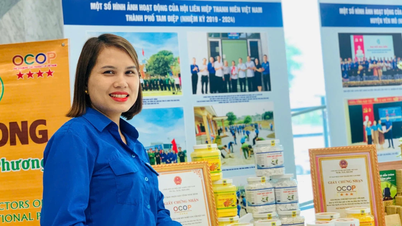

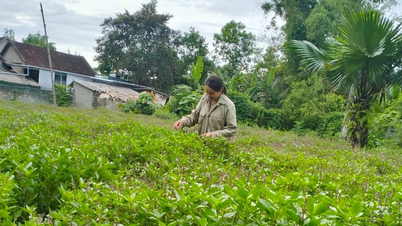
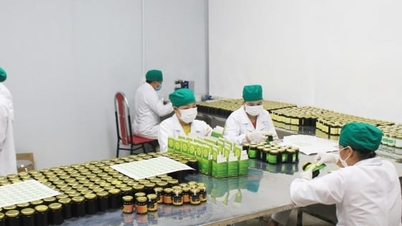
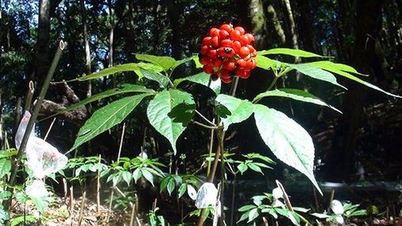

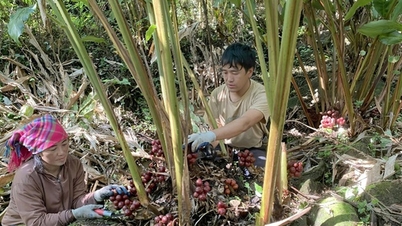






























































































Comment (0)